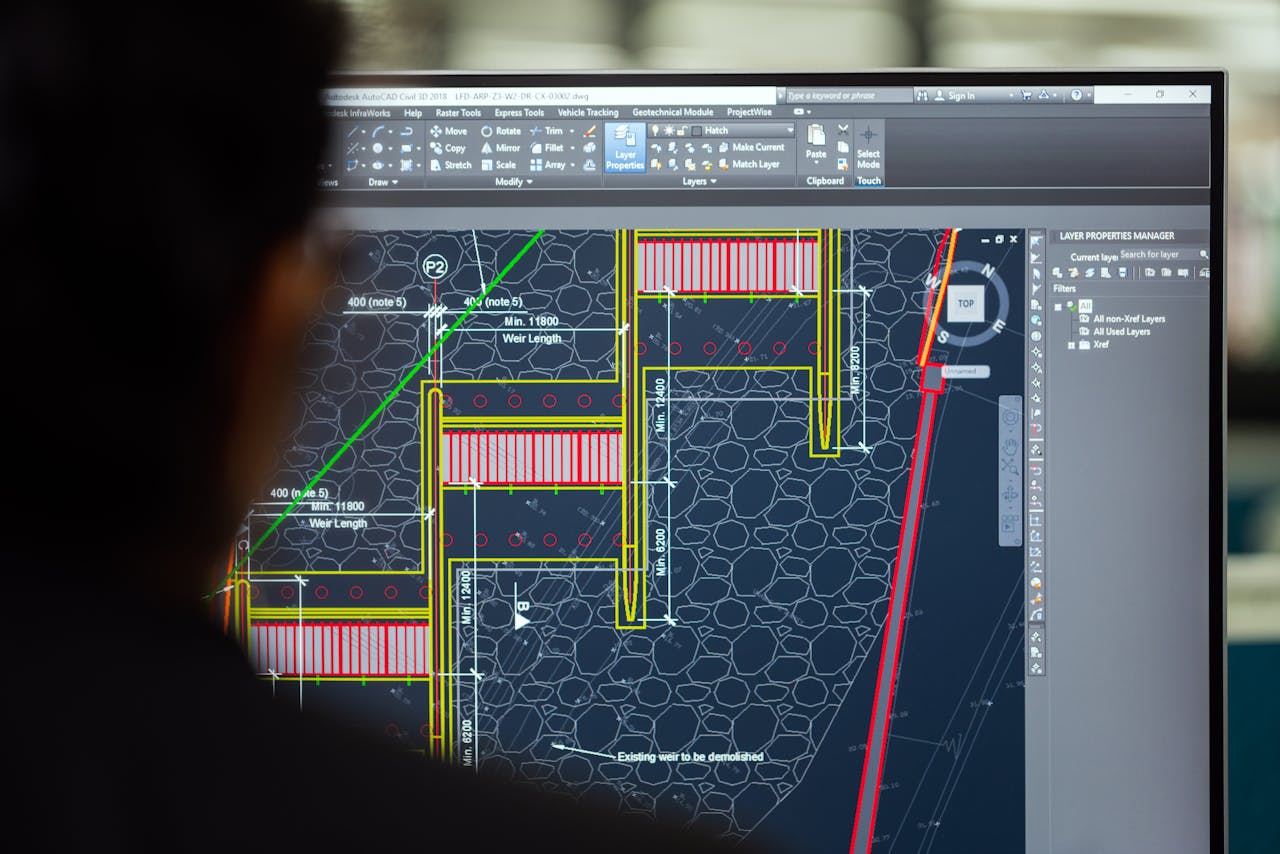In today’s fast-paced digital world, businesses are constantly striving to stay ahead of the competition and meet the evolving needs of their customers. One of the key ways to achieve this is by leveraging cutting-edge enterprise software solutions. As technology continues to advance, the landscape of enterprise software development is rapidly changing, with new trends and innovations reshaping how businesses operate. In this blog post, we’ll explore the latest trends in enterprise software development and how they are driving digital transformation across industries.
1. Cloud Computing: The Backbone of Modern Software Solutions
Cloud computing has become a game-changer in the world of enterprise software development. Businesses are increasingly moving away from traditional on-premise systems in favor of cloud-based solutions that offer greater flexibility, scalability, and cost-effectiveness. With cloud technology, companies can access their software applications and data from anywhere in the world, at any time, on any device.
Cloud platforms also provide seamless integration between different systems, making it easier for businesses to scale their operations and adopt new technologies. Additionally, cloud computing reduces the need for expensive hardware and IT infrastructure, allowing companies to allocate resources more efficiently.
2. Artificial Intelligence (AI) and Machine Learning (ML): Powering Smarter Business Decisions
Artificial intelligence (AI) and machine learning (ML) are transforming enterprise software development by enabling smarter, more intuitive systems. AI-driven applications can analyze vast amounts of data, uncover patterns, and provide insights that would be impossible for humans to detect on their own. This empowers businesses to make data-driven decisions, improve customer experiences, and optimize operations.
For example, AI-powered chatbots can automate customer service, while ML algorithms can help businesses predict future trends and consumer behavior. In the coming years, we can expect even more AI and ML integration into enterprise software, with these technologies becoming increasingly embedded in business processes.
3. Low-Code and No-Code Development: Empowering Non-Technical Users
As businesses strive for agility and faster time-to-market, low-code and no-code development platforms are gaining traction. These platforms allow non-technical users to create custom software applications without writing complex code. By using visual interfaces and pre-built templates, users can design, develop, and deploy applications quickly, enabling businesses to respond to market changes with greater speed and efficiency.
Low-code and no-code platforms are also helping companies reduce their reliance on IT teams, allowing them to focus on higher-level tasks. This democratization of software development is empowering organizations to innovate faster and adapt more quickly to the ever-changing business landscape.
4. Cybersecurity: Protecting Business Data in an Increasingly Connected World
As more businesses move to the cloud and adopt digital transformation strategies, the need for robust cybersecurity has never been greater. Cyberattacks are becoming more sophisticated, and protecting sensitive business data is a top priority. Enterprise software developers are now placing a greater emphasis on building secure systems that safeguard against threats like data breaches, ransomware, and phishing attacks.
Advanced encryption techniques, multi-factor authentication (MFA), and continuous monitoring are becoming standard features in enterprise software. Additionally, businesses are increasingly adopting security-first approaches, with development teams embedding security measures throughout the entire software development lifecycle (SDLC).
5. Data Analytics and Business Intelligence: Turning Data into Actionable Insights
Data is often referred to as the “new oil,” and businesses are increasingly recognizing the value of their data in driving decision-making and strategy. Enterprise software solutions are evolving to include powerful data analytics and business intelligence (BI) tools that help companies extract actionable insights from their data.
With BI tools, businesses can visualize trends, track key performance indicators (KPIs), and generate reports that aid in decision-making. Data analytics is also being used to predict market trends, improve customer experiences, and optimize supply chains. The ability to turn data into a strategic asset is one of the key drivers of digital transformation, and businesses that can harness the power of their data are better positioned to thrive in the future.
6. Agile Development and DevOps: Accelerating Software Delivery
The demand for faster software delivery has led to the widespread adoption of agile development methodologies and DevOps practices. Agile development focuses on delivering small, incremental changes to software in short cycles, allowing businesses to respond quickly to changing requirements and feedback. DevOps, on the other hand, emphasizes collaboration between development and operations teams to automate and streamline the software delivery process.
By combining agile development with DevOps, companies can accelerate their software release cycles, improve quality, and reduce the time it takes to bring new features to market. This enables businesses to stay competitive and maintain a high level of innovation.
7. Internet of Things (IoT): Connecting the Physical and Digital Worlds
The Internet of Things (IoT) is another transformative trend in enterprise software development. IoT refers to the network of interconnected devices that communicate with each other and share data. Businesses are using IoT technology to collect real-time data from physical assets, such as machinery, vehicles, and equipment, which can then be analyzed and used to improve operations.
For example, manufacturers can use IoT sensors to monitor the health of machinery and predict when maintenance is needed, reducing downtime and preventing costly repairs. Similarly, IoT-enabled supply chains can track inventory in real-time, providing businesses with greater visibility and control over their operations.
Conclusion: Embracing Innovation for a Digital Future
The world of enterprise software development is evolving rapidly, driven by innovations in cloud computing, AI, machine learning, cybersecurity, data analytics, and more. As businesses continue to embrace digital transformation, staying ahead of these trends will be critical for success.
By adopting cutting-edge technologies and agile development practices, businesses can streamline operations, improve decision-making, and enhance customer experiences. At GAVIN FUSION LLC, we are committed to helping organizations navigate the complexities of digital transformation by providing innovative, secure, and scalable software solutions. Whether you’re looking to modernize your existing systems or develop a custom solution from scratch, we are here to help you achieve your business goals in the digital age.
For more information on how we can support your digital transformation, visit our website or contact us today!


